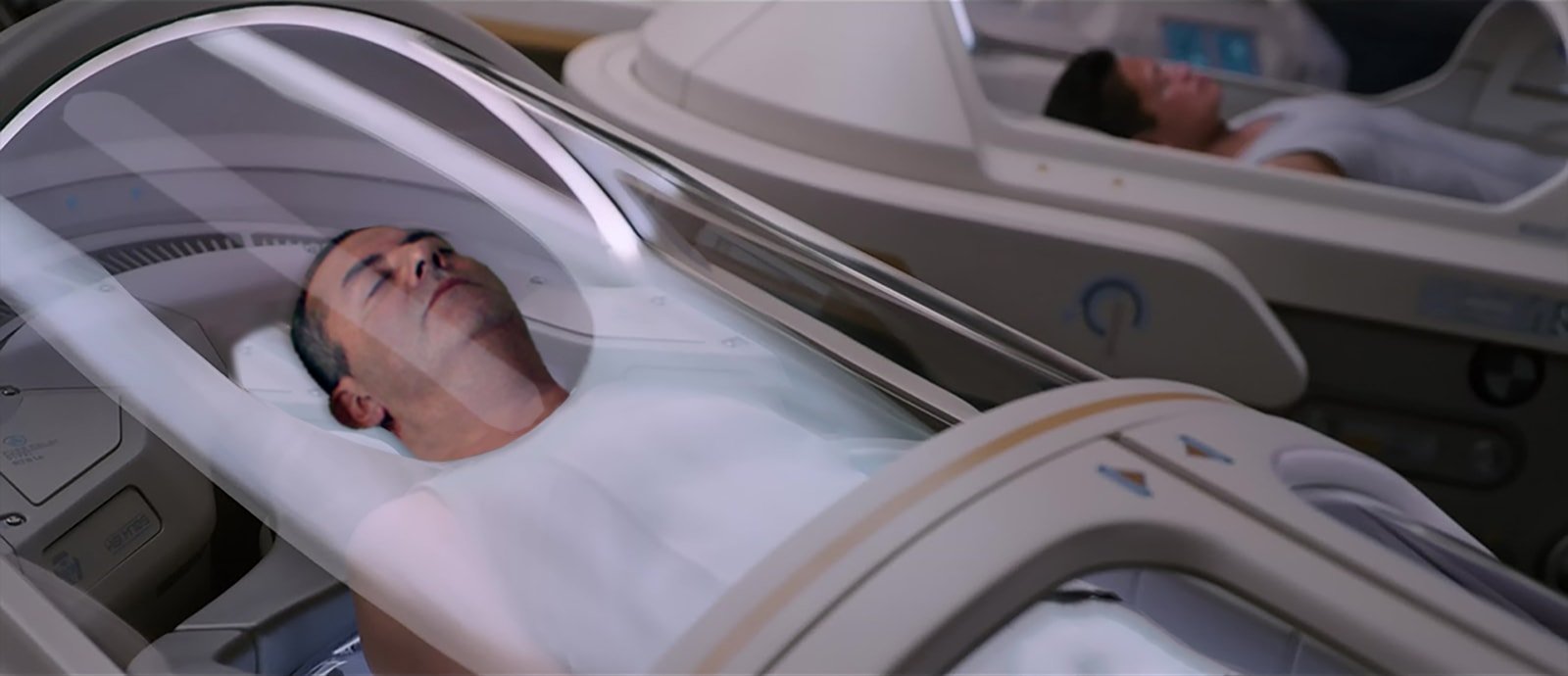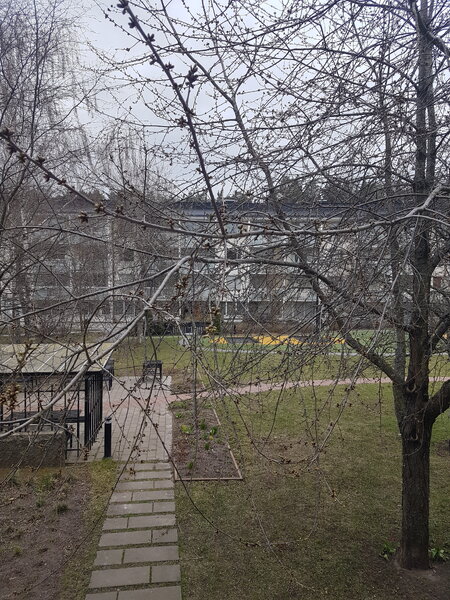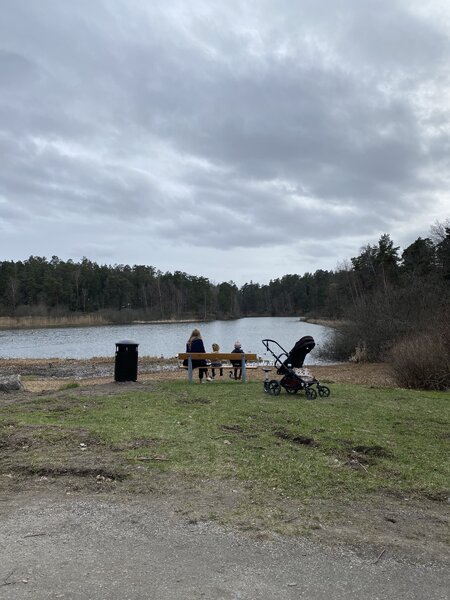-
Posts
1074 -
Joined
-
Last visited
Reputation
0 Neutral-
-
La diferencia entre un arma y una herramienta es fundamental para entender el contexto de su uso y las implicaciones éticas asociadas. Mientras las herramientas están diseñadas para ayudar a construir, crear o realizar tareas específicas, las armas se conciben para agredir, herir o matar a otras personas. Esta distinción es crucial para abordar el debate sobre el comercio global de armas y sus consecuencias. Un cuchillo, por ejemplo, es una herramienta cuando se usa para cortar alimentos o realizar trabajos manuales. Sin embargo, en manos de alguien con intención de hacer daño, puede convertirse en un arma. La misma lógica aplica al arco y la flecha: fueron herramientas para la caza y la subsistencia, pero también pueden ser armas cuando se usan con propósitos agresivos. En el contexto del comercio global de armas, la definición de qué constituye un arma es clara. Un tanque, una ametralladora, o un rifle de asalto son armas porque están diseñados específicamente para el combate y la agresión. No se confunden con herramientas, ya que su propósito es la violencia y el control en contextos de conflicto. Entender esta diferencia ayuda a clarificar el debate ético en torno al comercio de armas. Mientras que las herramientas contribuyen al progreso y al bienestar, las armas están intrínsecamente ligadas a la violencia y al daño. Este conocimiento debería guiar la discusión sobre cómo regular el comercio global de armas y limitar su uso indebido, evitando que caigan en manos de aquellos que podrían utilizarlas para actos de agresión o violencia contra otras personas.
-
Space colonization represents humanity's aspiration to explore and settle beyond Earth, but it comes with significant challenges and promises. One of the most intriguing concepts in this realm is the "space elevator," a structure that could revolutionize how we access space. The space elevator envisions a tether, anchored on Earth and extending into space, allowing vehicles to ascend and descend without the need for rocket propulsion. This concept has the potential to become a game-changer, providing a more efficient and environmentally friendly way to reach orbit. Currently, space travel relies heavily on combustion engines, which burn large amounts of fuel and release pollutants into the atmosphere. The environmental impact and cost of traditional rocket launches are major obstacles to expanding space exploration and colonization. The space elevator offers an innovative solution by eliminating the need for rockets, reducing carbon emissions, and minimizing damage to the atmosphere. It also promises greater efficiency, potentially making space travel more accessible and affordable in the long run. Developing a space elevator involves overcoming significant engineering and material science challenges. The tether would need to be incredibly strong and resistant to various environmental factors, including weather and space debris. Despite these obstacles, research into advanced materials like carbon nanotubes provides hope that a functional space elevator could become a reality in the future. Space colonization holds the promise of expanding human presence in the cosmos, with the space elevator serving as a crucial first step. By prioritizing its development, we could create a sustainable pathway to space, reducing the impact on our planet and opening new possibilities for exploration and colonization. Although the challenges are considerable, the rewards could be transformative, ushering in a new era where humanity moves beyond Earth to explore and settle the cosmos.
-
The existence of Unidentified Anomalous Phenomena (UAP), commonly known as UFOs, and the potential for alien contact have long intrigued humanity. As reports and declassified government documents continue to surface, the question arises: are there forms of life more intelligent than humans that we've yet to understand? While many dismiss the notion of alien contact as the stuff of science fiction, there's growing evidence that suggests otherwise. Recent UAP sightings have been reported by credible sources, including military pilots and experienced radar operators, indicating that these phenomena defy conventional explanations. The advanced technology displayed in these sightings, such as hypersonic speeds and abrupt changes in direction, suggests a level of intelligence and engineering beyond our current understanding. If these UAPs are indeed the result of intelligent life forms, it challenges our preconceived notions about the limits of human knowledge and technology. The idea that we might not be alone in the universe has profound implications. It suggests that there could be civilizations with technologies and knowledge far more advanced than ours. These potential life forms might operate within dimensions or physics that we can't yet grasp. This possibility invites us to broaden our perspective and explore the unknown with an open mind. While some experts urge caution and further investigation, others embrace the idea of alien contact as a path to new discoveries. They believe that by acknowledging the existence of more intelligent life, we can unlock a deeper understanding of the cosmos and our place within it. However, much remains to be uncovered, and the quest for answers continues. The exploration of UAP and the potential for alien contact remind us that, in the grand scheme of the universe, we might still be just scratching the surface.
-
Mental-sexual health professionals operate in environments designed for safety and security, allowing them to care for patients without significant risks. These controlled settings, often offices or authorized spaces, are structured to minimize the risks of abuse, discrimination, and other dangers that can occur in less regulated environments. These professionals focus on creating an atmosphere of trust and confidentiality, essential for patients discussing sensitive topics related to sexuality and mental health. By maintaining a secure environment, they can address these issues without fear of external interference or safety threats. In a well-regulated society, reducing risks and discrimination is a shared goal. Mental-sexual health professionals play a critical role in this by adhering to strict safety protocols, including security systems, emergency contacts, and clear procedures for handling unexpected situations. This attention to safety not only protects the professionals but also provides a stable and supportive environment for their patients. Moreover, these professionals are trained to establish clear boundaries and uphold professional ethics, further reducing the risk of abuse or exploitation. They understand the importance of these measures in maintaining the integrity of their work and ensuring the safety of those they serve. The regulatory framework in advanced societies contributes to this safer environment. By enforcing strict standards and regulations, the risks associated with discrimination and abuse are minimized. This approach allows mental-sexual health professionals to focus on their work without compromising on safety or ethics, ultimately leading to a more respectful and inclusive treatment process.
-
For many people, politics can feel like a distant and often disheartening spectacle. Those who don't trust their politicians tend to view the political landscape through a lens of skepticism and disillusionment. They see a system where promises are often broken, where corruption and self-interest appear to be the driving forces, and where power dynamics favor a select few at the expense of the many. These individuals might recall numerous instances where politicians made grand promises during campaigns only to disregard them once in office. They witness scandals that reveal the hidden dealings and conflicts of interest among those in power. To them, the dynamics of governance often seem to prioritize personal gain and corporate influence over the needs of ordinary citizens. This skepticism isn't baseless. Historical and contemporary examples of political misconduct provide ample reasons to question the integrity of politicians. People who don't believe in the honesty of their leaders often feel excluded from decision-making processes, leading to a sense of powerlessness. They may view political engagement as futile, believing that no matter who is in office, the system itself is flawed and resistant to change. Yet, this mistrust can also be a catalyst for activism and social movements. It motivates people to demand greater transparency, accountability, and democratic participation. These individuals are more likely to support grassroots initiatives and seek alternative forms of governance that empower local communities. Ultimately, their skepticism drives a broader call for political reform and a more equitable distribution of power.
-
Love is a profound and multifaceted emotion that defines human relationships, but its complexities often lead to challenges and contradictions. At its core, love represents connection and intimacy, binding people together through shared experiences, trust, and understanding. However, these very qualities can also create complexities as individuals navigate their differences, vulnerabilities, and personal growth. In romantic relationships, love can be both exhilarating and tumultuous. The initial stages are filled with excitement and passion, but as time goes on, couples may face communication issues, differing expectations, and the realities of everyday life. This complexity often requires compromise, patience, and a commitment to work through difficulties. Beyond romantic love, familial and platonic connections also bring their own set of challenges. Family bonds can be strong, yet strained by generational gaps or conflicting values. Friendships, too, can be tested by distance or changing life circumstances. In all these forms of love, the key to overcoming complexities lies in open communication and a willingness to adapt. Despite its challenges, love remains a driving force in human life. It can inspire growth, resilience, and profound happiness. Embracing its complexities allows for deeper connections and a greater appreciation of the unique ways in which love shapes our interactions and enriches our existence.
-
For families experiencing homelessness, finding stability and security is a daily struggle. When faced with limited options, some families may decide to settle on state-owned land, seeking a semblance of permanence in an otherwise unstable world. This collective action, often driven by desperation and necessity, reflects a broader issue of equity and the need for accessible housing. From the perspective of one of these families, the decision to occupy state land isn't taken lightly. It's born out of a lack of affordable housing, insufficient social services, and limited job opportunities. These families often have children to care for and need a safe place to sleep, eat, and live. They might join other families in forming a makeshift community, sharing resources and responsibilities to survive. Despite their intentions, these families risk legal repercussions and forced evictions. The state may view the occupation as unlawful, leading to conflicts with authorities. Yet, for these families, it's not about breaking the law but finding a way to live with dignity and safety. The situation underscores the need for policies that promote equitable access to housing and social support, ensuring that every family has the opportunity to build a stable life without resorting to drastic measures.
-
The death penalty has long been a contentious issue, with arguments ranging from justice to ethical dilemmas. When considering the perspective of an offender who would prefer death over a life sentence, the conversation takes on a different dimension. An offender seeking euthanasia instead of life imprisonment might argue that choosing their end is a form of autonomy, providing an escape from a lifetime behind bars. The question then arises: should the state allow such a request, effectively facilitating the offender's choice? Granting euthanasia to an incarcerated individual raises complex ethical and legal questions. In most jurisdictions, euthanasia is reserved for patients with terminal illnesses or extreme suffering. Applying this principle to someone convicted of a crime, especially a severe one, introduces moral concerns about state-assisted suicide and justice. Society could view it as an easy escape from accountability, undermining the purpose of life sentences as a deterrent and a means to ensure justice for victims and their families. In many regions where the death penalty is abolished or restricted, the idea of allowing a convicted criminal to choose euthanasia remains highly controversial. It is unlikely to gain widespread acceptance, as it could be seen as diminishing the seriousness of the crime committed and denying closure to those affected by it. Ultimately, the possibility of allowing such a request may be remote, with the emphasis placed on serving the sentence as a form of accountability and justice.
-
Sweden's Systembolaget, the government-owned alcohol retail monopoly, presents a unique approach to alcohol distribution that balances personal freedom with societal impact. Unlike many countries where alcohol is widely available in supermarkets and convenience stores, Sweden restricts alcohol sales to Systembolaget outlets. This controlled system aims to minimize alcohol-related harm by regulating sales hours, requiring age verification, and limiting advertising. It contrasts with more liberal approaches in other countries, where alcohol is readily accessible, often leading to higher rates of abuse and health issues. Research on Sweden's alcohol policy indicates that the Systembolaget model contributes to lower alcohol-related harm and public health costs. A 2014 study by the European Alcohol Policy Alliance highlighted those countries with stricter alcohol regulations, like Sweden, tend to have fewer alcohol-related problems. This controlled approach allows Sweden to maintain a balance between individual freedom and societal well-being, providing a potential model for other countries seeking to address alcohol-related issues.
-
You are viewing a graphic canvas with a "Happy New Year" theme from Stockholm. I had to carry out many tests so that it can be seen on any device today. It is not a GIF image sequence or a video. For me it is technically a hybrid creation. Anyway, I wish you a very good year with pleasant surprises and new goals to achieve.
-
AI-Driven CV This is an AI chat system capable of answering questions from interviewers interested in evaluating my personality, experience and general suitability for a professional position. Please note that in certain circumstances, responses may be unexpected or surprising. For your reference and as per your preference, here is my CV summary in English, Spanish and Swedish. Scanned letters of recommendation are available in Swedish only. Here are some of them: Hässelby-Vällingby Stadsdelsförvaltning, Segerström & Svensson, Pharmacia-Pfizer. Please, type your questions in the language of your choice in the text entry field and click the submit icon.
-
Computer systems, hardware, software, and networks related to the processing and distribution of data. These include networking hardware, such as servers and routers, and applications that allow communication over a variety of networks and the Internet at large.
-
And here it is. The cube with the fewest components ever created. I have designed an alternative Rubik's cube (2x2x2). It has only 8 pieces covering a spherical magnet. I think it should feel nice on the fingertips, working fast and smooth. The magnetic iron filament for 3d printing can be found at 3dfilaprint.com and the neodymium magnet can be found at supermagnete.com. Size: 18x18x18mm. Weight: 56,8g. Magnet: spherical N42 Ø: 12,7mm. Material: NdFeB Coating: Chrome-plated (Ni-Cu-Ni-Cr) Strength: approx. 2,9kg Max working temperature: 80°C Weight: 8,2g.











